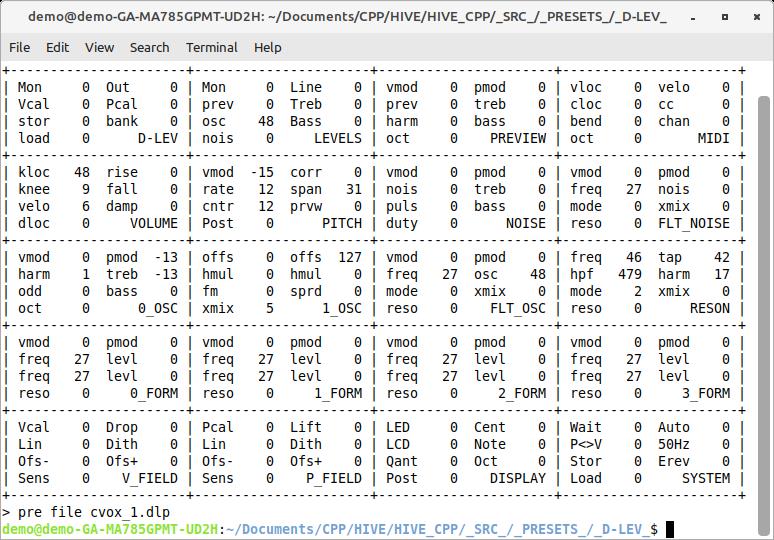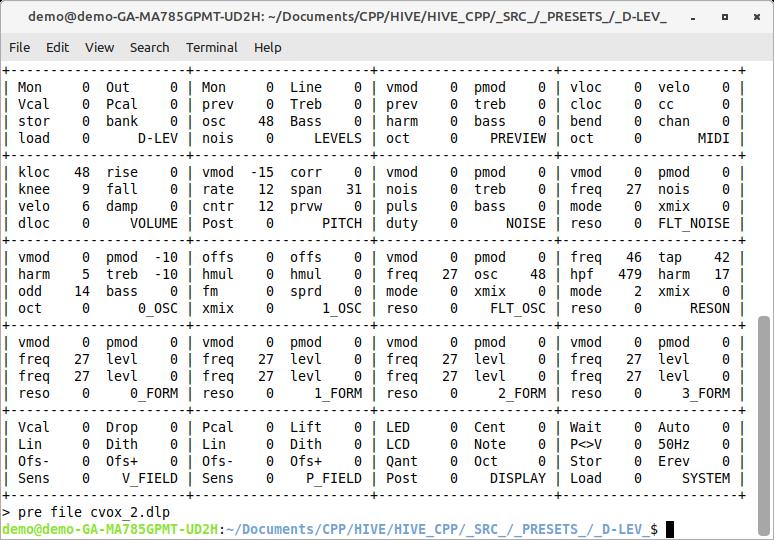Basic Issues
I've been pondering some basic issues lately.
Body Intrinsic C
We've all seen Theremins behave poorly when not properly grounded, and we've all seen Theremin pitch jump when e.g. we touch something metal with our bare foot, but how much does the body actually need to be AC grounded / coupled back to the Theremin? It seems that the intrinsic C of the body is sufficiently large that it acts as a ground for the small mutual C formed by the hand & antenna. As a thought experiment here, Theremins usually work OK on the second floor of a wood house, with the player wearing insulating shoes.
Antenna / Hand Impedance
What is the importance of the impedance of the antenna coupled to the impedance of the player's hand? Instinctively one might think that the higher the impedance the better, as this would seem to relieve current return path demands, which are largely uncontrollable. An LC node at resonance has infinite impedance (only limited by parasitics, i.e. Q) which seems ideal. But with relatively large AC voltage swings (>100 Vpp) relatively large AC currents (>10mA) are whipping back and forth through that LC node, which would seem to require a low impedance return path to function.
LC Oscillators
High Q LC oscillators are so attractive from so many angles. The LC naturally oscillates, so it only requires little periodic pushes to keep it oscillating, which can be done with very little gain (low additional noise) and very little energy (low heat) - increasing short-term and long-term stability. Q voltage multiplication means the oscillator can be powered from a very low voltage source yet still develop a high antenna voltage swing - swamping most environmental interference. When well designed, the oscillation is essentially sinusoidal with very low power harmonics, so unintentional emissions don't seem to be a problem for compliance.
But the delicate nature of the high impedance at resonance means external interference like mains hum easily gets in, though this can be combated digitally. Just the presence of even unpowered similarly tuned LC circuits nearby can be a coupling problem though.
The body impedance contains a resistance which tends to damp oscillation as the hand approaches, but this isn't such a bad thing, as excessive resolution isn't needed in the near field, and oscillation amplitude in the far field isn't affected as much.
Because the LC naturally oscillates, the drive circuit only requires a single threshold to work.
High Q coils require precise drive in order to supply maximum voltage. Except for PLL approaches, all LC oscillators have phase error issues, which understandably are more of a problem when operating at higher frequencies. Higher frequency operation is desirable because air core coil size shrinks roughly with the square of frequency (all other things being equal).
Inductors are notoriously bulky, difficult to source, non-variable, and can pick up magnetic interference as well.
RC Oscillators
If high impedance is desirable, are RC Theremins inferior in this regard? Or do they generally present sufficiently high R to the hand C? Large R is a noise source.
If there is only one each of the L, R, C elements, then RC operating point is proportional to C, whereas LC resonance is proportional to the square root of C. This means an RC oscillator will be twice as sensitive as an LC oscillator for small changes in C.
RC oscillators usually require two high gain thresholds to function, which add noise and therefore instability, and the power per cycle is lost as heat. They are fundamentally less stable than an LC because of these issues, but can the increase in sensitivity make up for this?
RC oscillators that contain a single C are not sinusoidal. The harmonics have significant energy, so radiated emissions could be a compliance problem.
RC oscillators can be tuned by changing R, which is much easier than changing the L of an LC oscillator. They can also be modulated to spread the spectrum, which can help combat environemntal interference / aid in passing compliance / allow multiple sensors to co-exist.
RC oscillators have no L!
RC oscillator could have a strong digital component in its construction, rather like DPLL.
Antenna Shielding
Could effectively almost double sensitivity by "disappearing" one side of the antenna intrinsic C.
Could perhaps reduce unwanted local interaction (nearby band members, audience, etc.)
Obviously would work better with plate antennas, as they are significantly 2D in area. This would be a reason for plates on a digital Theremin beyond their near-field linearity and playability advantages.
Shield drive would require a high voltage DC source and high voltage buffer if the antenna voltage swing is wide, but shielding may reduce the need for high antenna voltage swing, thus making it easier to implement.
A high voltage shield would probably require insulation as it is low impedance and more of a shock hazzard.
Shield drive buffer input could significantly load the antenna (though something has to detect thresholds anyway, particularly for RC).
Shield drive could induce oscillation.
Future Testing
RC oscillator with a shielded plate antenna, perhaps with spreading. Measure stability and sensitivity.



